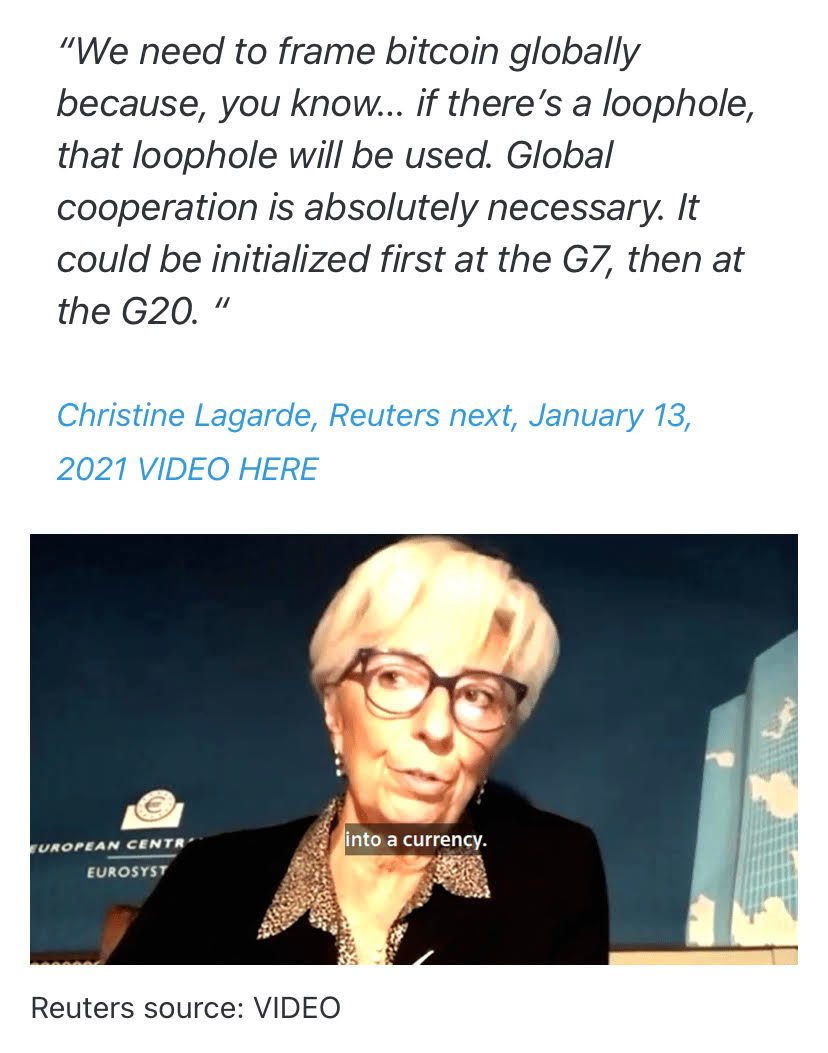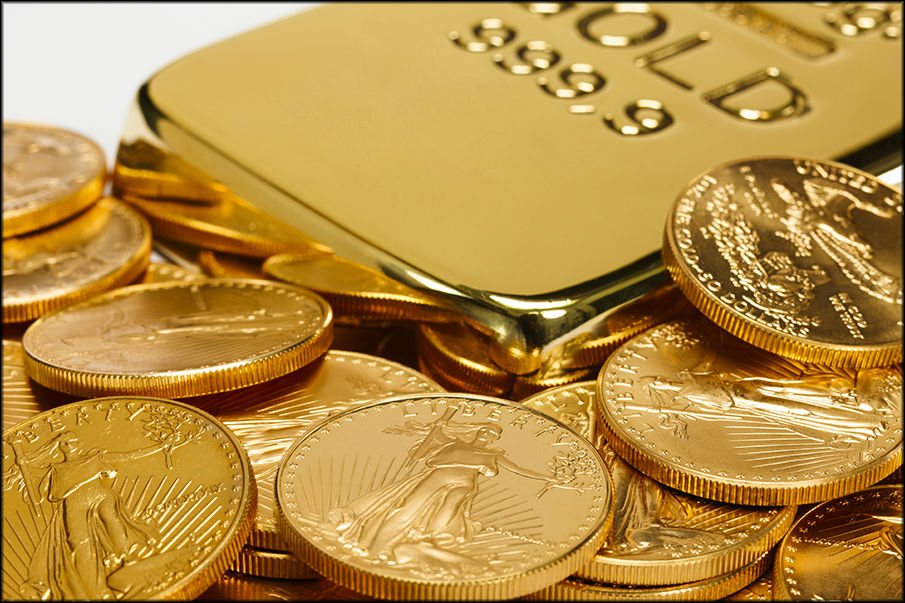The Dollar is Dead, Long Live the Dollar (How Bitcoin can Save our Currency)
- Daniel Howell

- Dec 13, 2024
- 5 min read
My father is 80 years old. He's open to Bitcoin, but he spent his formative years in a world ruled by the Almighty Dollar. As a Bitcoin maxi, I mostly wish the dollar would just die already. My father is understandably dismayed by the idea. As it turns out, there is a way we both can win.

My father grew up in an era when dollars were backed by gold. The postwar 1940's, 50's, and 60's were also a time of growth and prosperity. A man with a high school diploma could get a well-paying job, get married, buy a new house, a new car, and settle down. After 1971, his generation also benefitted from exporting our inflation to the world; retirement accounts and savings accounts grew fat.
So, it's understandable that a man of his times would find Bitcoin uninteresting, or even pointless funny money. But today's youth? They get it. Even with a college degree, finding a good job is nigh impossible, and the graduate is straddled with a lifelong student debt. Houses are completely out of reach, and starting a family is just wishful thinking.
The dollar is not money. In reality, it never was. It used to be a receipt for gold, which is money. Today, it is a paper IOU backed by the "full faith and credit of the US government", which is worth precious little these days. The switcheroo happened in 1971. Ironically, it's the dollar that is now funny money.
A currency (dollar) backed by real money (gold) works great. But as money, gold has a fatal flaw, and that flaw is killing our currency.
Where Gold Failed, Bitcoin can Succeed
The problem with gold is its physicality. It's heavy. On the individual level, this means carrying around bags of heavy metal; a chore for you and a honeypot for thieves. On the nation-state level, using gold to settle trade means shipping tons of metal across oceans. A chore for them, and a honeypot for thieves (i.e., pirates). Gold is also hard to verify. To ensure you are actually receiving real gold, you have to melt it down, or test it with X rays or chemicals. Verification is slow, laborious, and expensive.
Bitcoin, on the other hand, has no weight because it is virtual. You can send enormous amounts of this weightless money across the globe in milliseconds. And it's simple to verify. One simple hash calculation proves the coins are real (or fake) and the entire supply of coins is audited every ten minutes by the Bitcoin network.
Because gold is so clumsy to carry, banks sprang up to store people's gold, giving them paper claims to carry instead. The dollar was stable for more than a century because it was backed by gold. Since the value of gold has remained remarkably stable for centuries, the dollar was also stable when it was pegged to gold. In 1900, a can of Campbell's soup cost $0.10, and in 1970 a can of Campbell's soup cost $0.10. The dollar lost is mooring, however, when Nixon decoupled the currency from gold in 1971. By 2020, the cost of a Campbell's soup had skyrocketed to $0.85, and in 2024 it costs $1.29 - an increase of over 10x in 50 years.

The desire to decouple the dollar from gold stemmed from the greed of bankers and governments since inflation is a secret, hidden tax. It was doable because gold is heavy and therefore sequestered in banks so people could walk around with lighter paper notes. In 1913, those Federal Reserve paper notes were merely a claim on gold and everybody knew it, but by 1971, so many people were thinking of dollars as money, that the decoupling went largely unnoticed. Although it was called the Nixon Shock, only those in-the-know were shocked. For the rest of America, the dollar quietly became fiat. Fifty years later, we are all shocked by the massive inflation. All fiat money dies from inflation, and the dollar is no exception.

The Dollar can be Saved
The dollar can be saved, but only if we peg it again to real money. In other words, we must de-fiat the dollar. We could peg it again to gold, but gold has already proven to be inadequate (or we wouldn't be having this discussion). Fortunately, we have a new and improved gold 2.0; an upgrade that removes the Achilles heel of gold - its physicality.
Bitcoin, like gold, is real money. It is a scarce commodity that is mined using energy. It is salable in time, space, and scale. The tokens (bitcoins) are fungible. They are easily verified and easily audited. They cannot be debased by inflation. They cannot be confiscated, seized, or frozen. Transactions cannot be censored or stopped. Bitcoin has no other use case (e.g., jewelry or wires) than being money. As a money, therefore, Bitcoin is perfect.
Well, almost perfect.
Due to the nature of the blockchain, most people will never be able to self-custody bitcoins. In addition to the properties listed above, real money is also a bearer instrument, meaning you can personally possess it. Even if the world switched to Bitcoin as a global reserve currency, 99% of the world's population could not own and use bitcoins directly. But nation-states could, and so could large international banks. So, if we used Bitcoin to back the dollar, if dollars were claims on bitcoins, then the dollar could be stabilized again. Individuals would still use paper (or digital) dollars, but inflation and government deficit spending would be curtailed.
So, should we start backing the dollar with Bitcoin today? No.
The problem is that we don't yet know the value of a bitcoin. I said that gold has retained its value for centuries. In 1850, one ounce of gold would buy a high-end suit. In 2024, one ounce of gold will still buy a high-end suit. Thus, we know the value of one ounce of gold - a high-end suit [1]. We do not know the value of a bitcoin because it is new and still in the adoption phase. Once Bitcoin has been adopted by most people, its volatility will stabilize and we will know its value, or purchasing power. Assuming the value of all monies in the world goes to Bitcoin, as well as the monetary premiums placed on real estate and other hedges, it is estimated that the stable value of one bitcoin will be 10-50 million US dollars. It can then be used as unit of account. (A high-end suit would cost about 5,000 sats. Currently, a high-end suit is about 2 million sats).
Can the dollar be backed by Bitcoin during its volatile adoption phase? Probably not. Can the dollar hang on long enough for Bitcoin to stabilize? I hope so. Based on adoption rates of other technologies, the global adoption of Bitcoin should be finished by 2030 or so. In the meantime, taking advantage of Bitcoin's upward volatility via a national strategic reserve makes good sense. As Senator Cynthia Lummis argues, it may be the only way we can hope to pay off our national debt.


So, while Bitcoin maxis like myself might prefer to see Bitcoin replace the dollar and daily transactions performed using second layer solutions (e.g., lightning or side chains), the dollar could be saved if it was de-fiated. But going back to gold would be Luddite. The past was yellow, the future is orange.
Footnotes
In 1850, one ounce of gold cost $18 and in 2024 it costs $2500; thus, the dollar has not held its value. The decline in the dollar's purchasing power came after 1913 when the Federal Reserve was created, and mostly after the Nixon Shock of 1971.




Comments